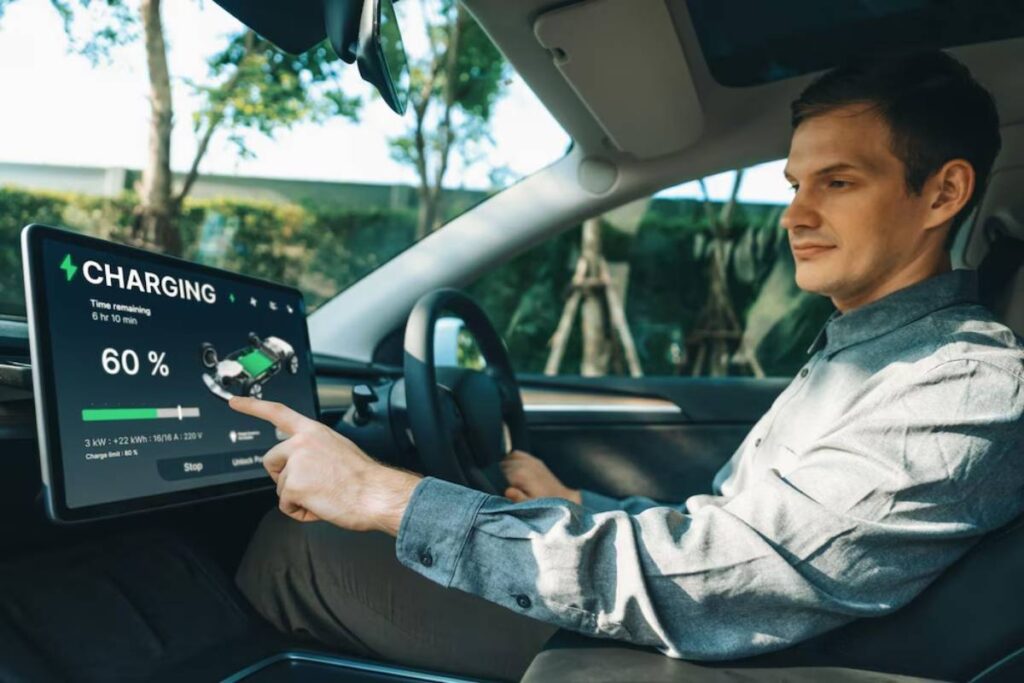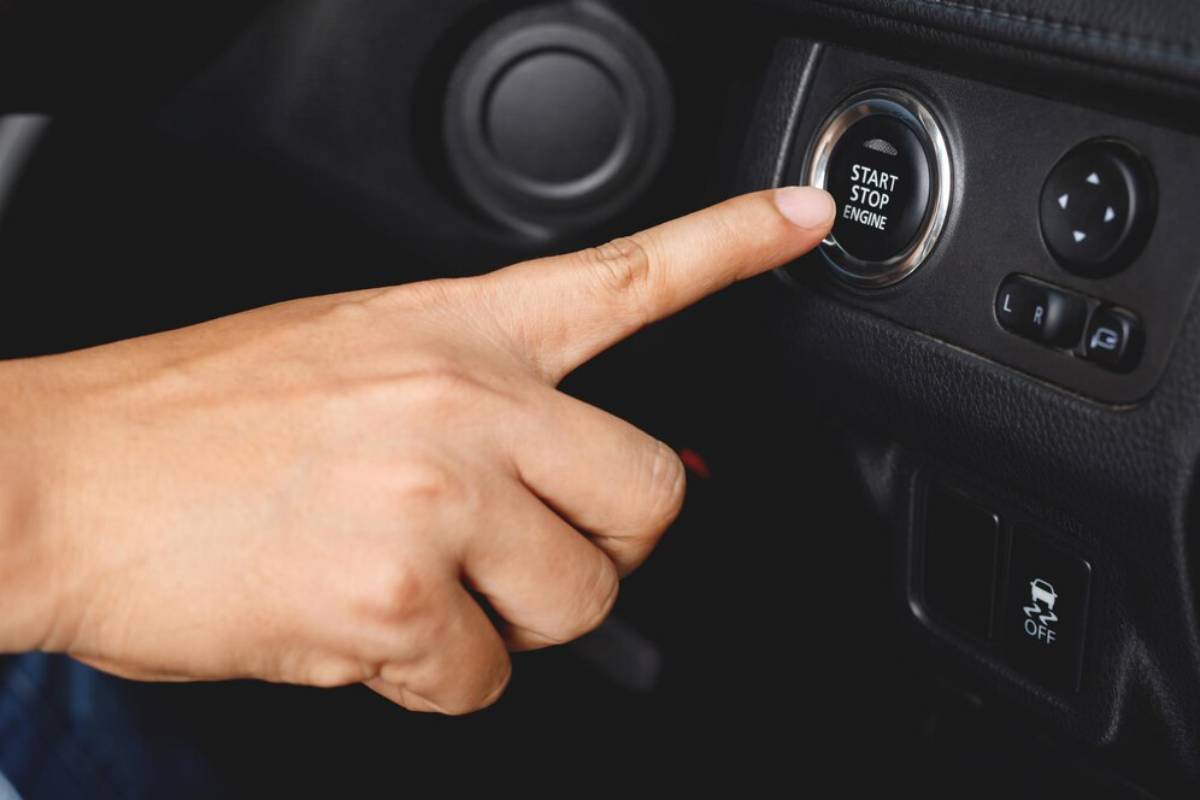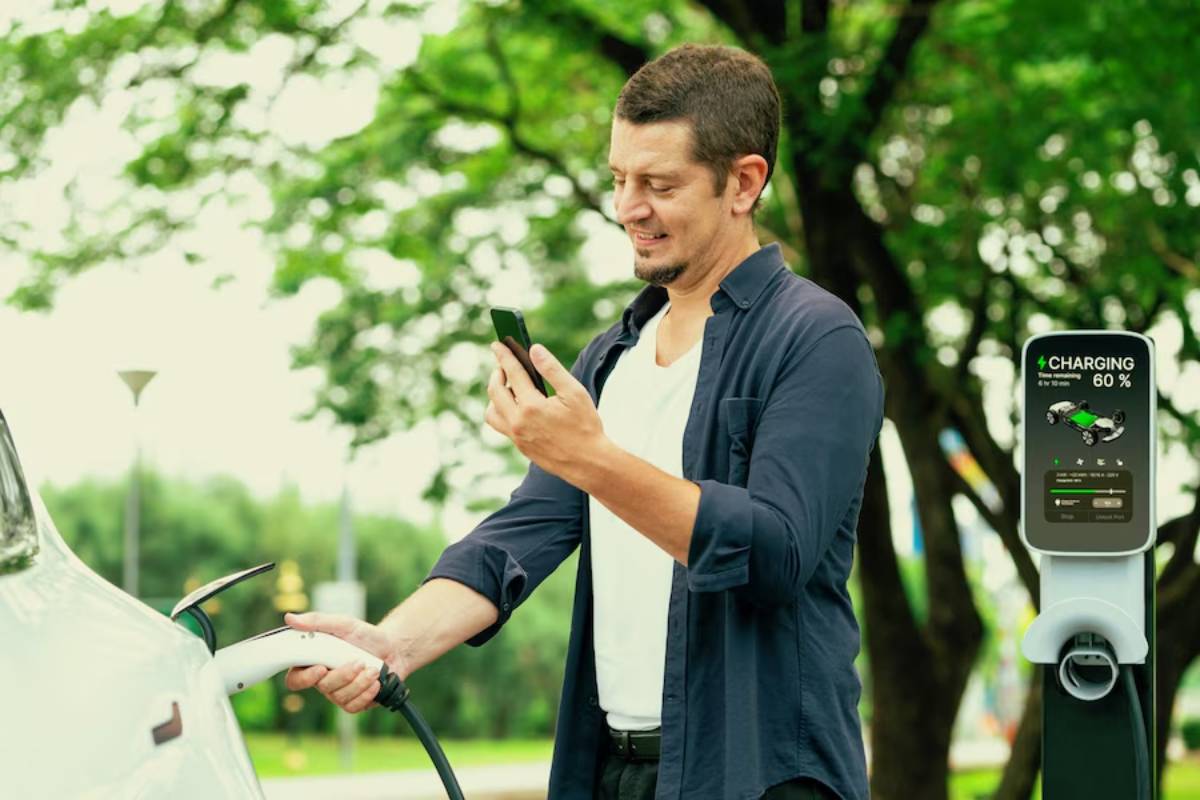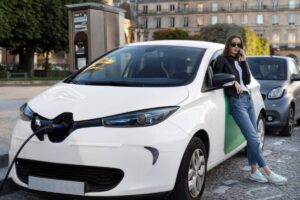The Automobiles & Vehicles Blog

EV Driving Experience: How it Feels Different
The first time you drive an electric vehicle (EV), it’s a bit like stepping into a sci-fi film — but in the best way. There’s no roar of an engine. No clutch. No delay. Just quiet power and a sense of smoothness that’s instantly addictive.
But let’s be honest: driving an EV doesn’t just feel different — it is different. And for someone used to petrol or diesel vehicles, this change can be both thrilling and slightly bewildering.
Whether you’re test-driving your first EV, curious about what the buzz is all about, or planning to make the switch soon, this guide is for you. We’ll break down how the electric vehicle driving experience compares to traditional cars, what makes the EV experience so distinct, and why so many people are falling in love with the smooth EV drive.
By the end, you’ll have a realistic, relatable, and practical sense of what it actually feels like to drive electric — from the very first keyless press to regenerative braking and beyond.
The First Few Seconds: Quiet Power and a Gentle Surge
No Engine Start — Just Go
You sit inside, press a button, and… silence. It’s almost eerie. But then you tap the accelerator and it moves — instantly and quietly.
That absence of engine noise can feel surreal at first. No revving. No vibration. No waiting for the engine to “wake up”. For many first-time EV drivers, it’s the most noticeable (and enjoyable) change.
Immediate Torque: Instant Gratification

Electric motors don’t need to “build up” power. From a standstill, EVs deliver instant torque — which means they leap forward effortlessly the moment you press the pedal.
You’ll likely find yourself smiling the first time you overtake at a junction or glide up a hill without breaking a sweat. Even small EVs like the Nissan Leaf or MG4 feel quicker than you’d expect.
The Quiet Cabin: More Zen Than a Yoga Retreat
Minimal Noise Equals More Focus
Without a rumbling engine, wind and tyre noise become more noticeable. But overall, the cabin stays remarkably quiet — especially at low speeds.
This serene environment lets you focus more on the road and your surroundings. You may even find yourself turning the radio down — just to appreciate the silence.
Smoother, Simpler Driving
Most EVs don’t have gears in the traditional sense. You won’t be shifting or waiting for the transmission to catch up. That makes for a smoother EV drive — no jerky transitions or gear-hunting.
City driving becomes less stressful, especially in stop-start traffic. No clutch. No stalling. Just point, press, and glide.
Regenerative Braking: One-Pedal Driving Magic
Lifting Off the Accelerator Slows You Down
This is a game-changer. When you lift your foot off the accelerator, many EVs automatically slow down using regenerative braking, which recaptures energy and sends it back to the battery.
It takes a little getting used to, but once you adjust, you might fall in love with “one-pedal driving.” In fact, many EV drivers find they barely use the brake pedal at all in urban traffic.
Customisable Braking Modes
Some EVs let you tweak the regenerative strength. Want it strong so you slow down quickly and recharge more? Great. Prefer a coasting feel like a petrol car? That’s often possible too.
Pro tip: Try different modes during your test drive to see what suits your driving style.
Handling and Ride Quality: Heavy Yet Nimble
Lower Centre of Gravity = Stable Feel
Because EVs keep their batteries low in the chassis, they tend to hug the road better. Even taller vehicles like electric SUVs benefit from this design.
The result? Tighter cornering, less body roll, and better balance — especially during quick turns or emergency manoeuvres.
Heavier Weight, Softer Ride
EVs are typically heavier than their petrol counterparts. That can translate into a more planted, luxurious ride — especially on smooth roads. On rougher surfaces, some budget EVs may feel a tad stiff, depending on suspension setup.
Driving Range Anxiety: Managing Your Mindset
More Planning, Less Spontaneity (At First)
One thing that does feel different: keeping tabs on your remaining range.
You’ll likely become more conscious of where and when to charge — at least until you build confidence in your routine. The good news is that most modern EVs have smart navigation that shows nearby chargers and how much range you’ll have when you get there.
Adapting to Eco-Conscious Driving
You may also find yourself altering how you drive — lifting off earlier, accelerating gently, or pre-conditioning the cabin while plugged in.
Not because you have to, but because it feels efficient and satisfying.
Driving in Bad Weather: Confidence or Concern?
Winter Range Reductions
Yes, cold weather can lower battery efficiency. You might lose 10–30% of your usual range in freezing conditions. But newer models are mitigating this with heat pumps and battery preconditioning.
Wet Road Grip and Handling
Thanks to their weight and responsive traction control, many EVs handle beautifully in wet weather. Instant torque can be modulated very precisely — making you feel more in control, not less.
Parking, Reversing, and Low-Speed Manoeuvring
Precision at Low Speeds
Electric motors offer surgical control at crawling speeds. That makes parallel parking, tight turns, and reversing into narrow driveways surprisingly stress-free.
Tech to Help You Along
Most EVs come loaded with sensors, cameras, and parking aids. Some even offer self-parking features — though these still vary wildly in reliability across brands.
Charging vs Fuel Stops: A Mindset Shift
Charging Is Slower — But More Convenient
You’ll no longer “fill up” in 3 minutes. But you also won’t be making fuel stops during your busy morning commutes.
Charging at home overnight becomes your new norm — you leave the house with a “full tank” every day. Public fast-chargers are ideal for top-ups during longer journeys, not daily habits.
Planning Tools Make It Easy

Apps like Zap-Map, A Better Routeplanner (ABRP), and PlugShare help you plan routes, find chargers, and track costs. Over time, this becomes second nature.
Emotional Response: Joy, Pride, and Peace
There’s something profoundly satisfying about driving electric:
- It’s quiet. You hear your thoughts — or your music — clearly.
- It’s clean. You’re not pumping fumes into the environment.
- It’s cost-effective. You see your fuel savings, especially when charging off-peak at home.
- It’s futuristic. Even budget EVs feel like the future compared to older fossil-fuel cars.
The EV Experience is Different — And That’s a Good Thing
Swapping gears for volts means stepping into a new driving era. At first, the silence, the regen braking, and the instant torque may feel foreign. But soon enough, they become the new normal — and, for many, a better normal.
The electric vehicle driving experience is smoother, quieter, and more intuitive. Whether you’re commuting, road-tripping, or just nipping to the shops, a smooth EV drive turns the mundane into something surprisingly delightful.









